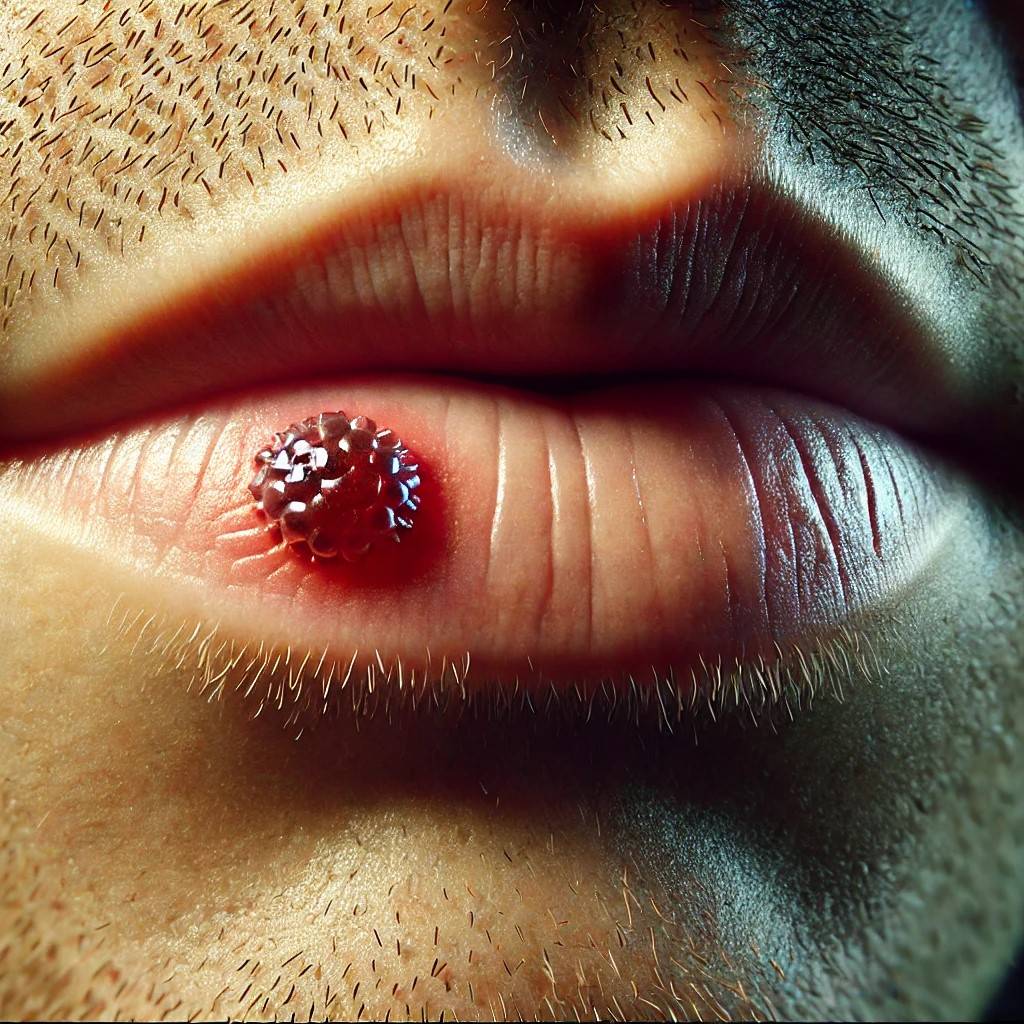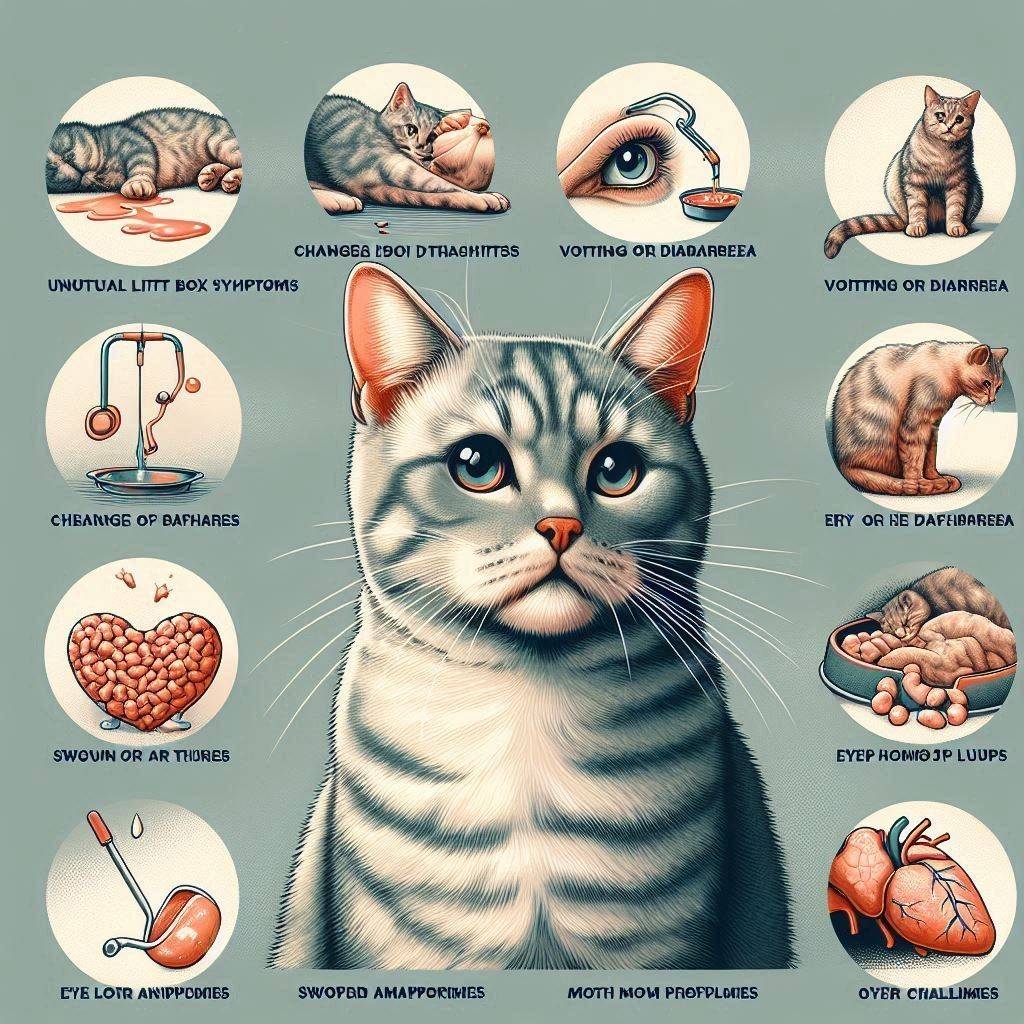Fever Blister on Lip: Causes, Symptoms, and Solutions
Discover the truth about Fever Blister on Lip. Uncover causes, recognize symptoms, and find effective solutions. Learn how to banish these pesky sores fast!
Introduction
Fever blisters on lip, often called cold sores, can be a real nuisance. I have seen many people, including friends and family, struggle with them. They can appear suddenly and cause discomfort. In this post, I will share everything I know about fever blisters, their causes, symptoms, and effective treatments. We’ll also explore some tips to help prevent them from appearing.
What Are Fever Blisters?
Fever blisters are small, fluid-filled blisters that usually show up on or around your lips. They are caused by the herpes simplex virus, specifically HSV-1. I remember the first time I got a fever blister; I thought it was just a regular pimple, but it twisted into a painful sore. These blisters can last a week or more, and they can be itchy and uncomfortable.
Understanding HSV-1
The herpes simplex virus type 1 (HSV-1) is the main cause of fever blisters. This virus is very common. Many people carry it without even knowing. It can lie dormant in your body for years before showing symptoms. When it reactivates, you may get a cold sore.
Causes of Fever Blisters on Lip
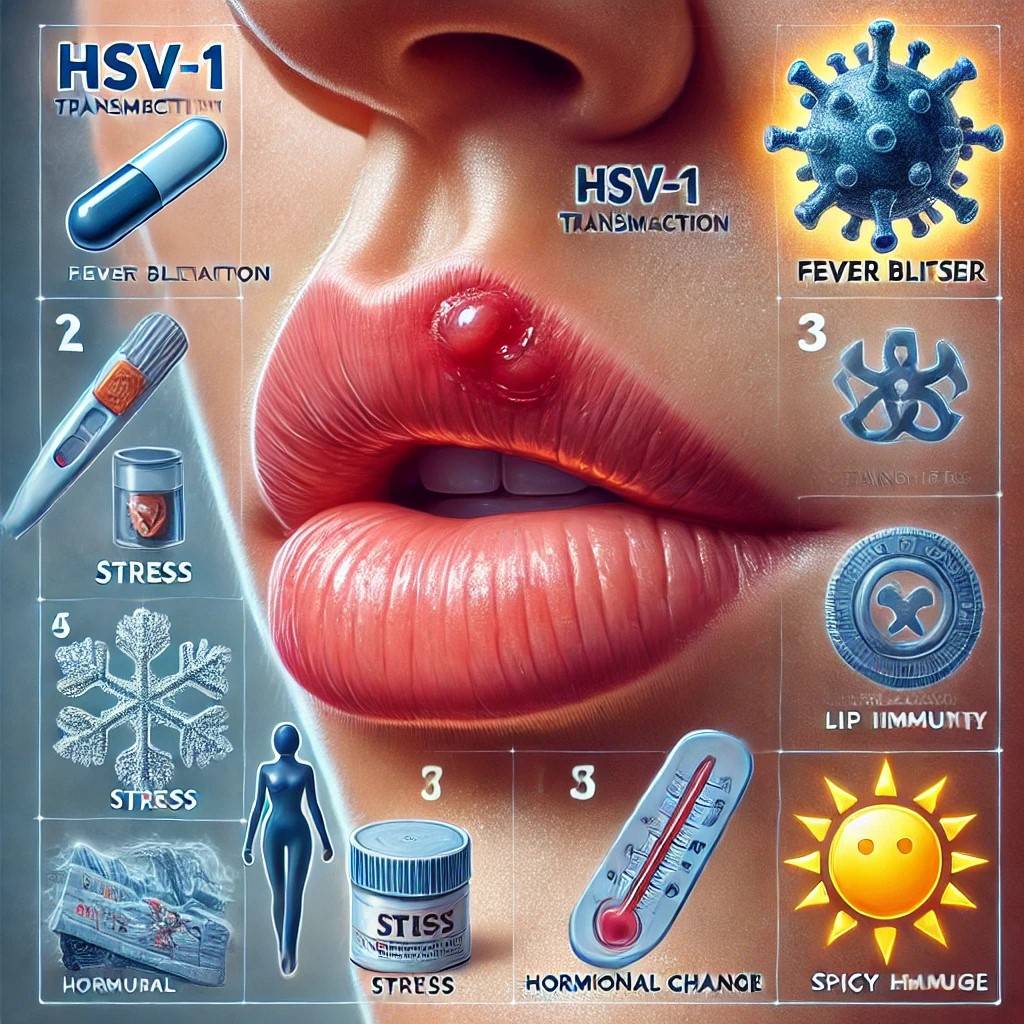
Fever blisters can be triggered by several factors. Here are some common causes that I have come across:
- Infection
- HSV-1 is highly contagious. You can catch it through close contact with someone who has a fever blister. I’ve seen this happen when friends share drinks or kiss someone with an active sore.
- Stress
- Stress is a significant trigger for fever blisters. When I feel stressed, I sometimes notice a tingling sensation on my lips. This is often the first sign that a blister may be coming.
- Illness
- If you are sick or run down, your immune system may weaken. I remember getting a cold and soon after, a fever blister appeared. Your body is busy fighting off the illness, and the herpes virus may take this chance to reactivate.
- Hormonal Changes
- Hormonal fluctuations can also trigger fever blisters. For instance, many women notice that they get cold sores during their menstrual cycle. This is something I’ve heard from several friends.
- Sun Exposure
- Too much sun can irritate your lips. I like to use lip balm with SPF to protect my lips from harmful UV rays. Sunburned lips are more likely to develop sores.
- Cold Weather
- Just like sun exposure, cold weather can lead to dry, chapped lips. Applying lip balm during winter helps prevent irritation and reduces the risk of getting blisters.
- Lip Irritation
- Certain products or foods can irritate your lips. For example, spicy foods or harsh skincare products may cause discomfort and increase the chances of a fever blister.
Symptoms of Fever Blisters on Lip
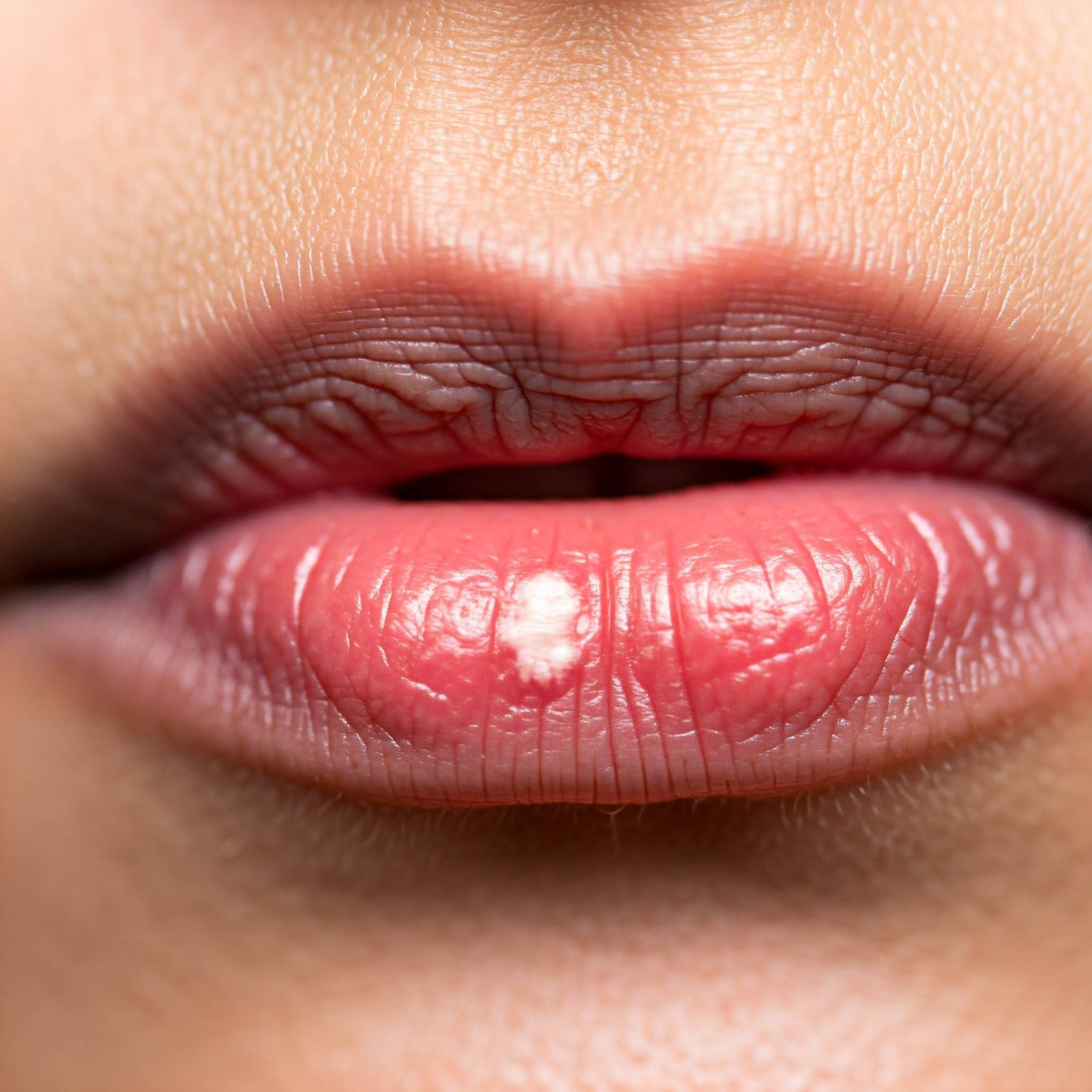
Recognizing the symptoms early can help you manage fever blisters more effectively. Here’s what to look for:
- Tingling Sensation: Before a blister forms, you may feel tingling or itching on your lip. This is often the first sign that a fever blister is about to develop.
- Redness and Swelling: The area may become red and swollen. I often notice this happening right before the blister appears.
- Fluid-Filled Blisters: Small, fluid-filled blisters will develop, typically around the lip area. They may be painful and sensitive.
- Crusting Over: After a few days, the blisters can burst and form a crust. This is known as the crusting phase, and it can be uncomfortable.
- Healing Process: Finally, the blister will start to heal, which can take about one to two weeks. During this time, it’s essential to avoid touching the blisters to prevent spreading the virus.
Diagnosis and When to See a Doctor
Most fever blisters can be self-diagnosed based on their appearance and symptoms. However, consult a healthcare provider if:
- You’re experiencing your first outbreak
- Symptoms are severe or frequent
- You have a weakened immune system
- The sore does not recover within two weeks.
- You develop eye symptoms (HSV can sometimes affect the eyes)
In my experience, most fever blisters don’t require a doctor’s visit. However, when I had a particularly severe outbreak that spread to multiple areas of my mouth, seeking medical advice was crucial for proper treatment.
How to Treat Fever Blister on Lip
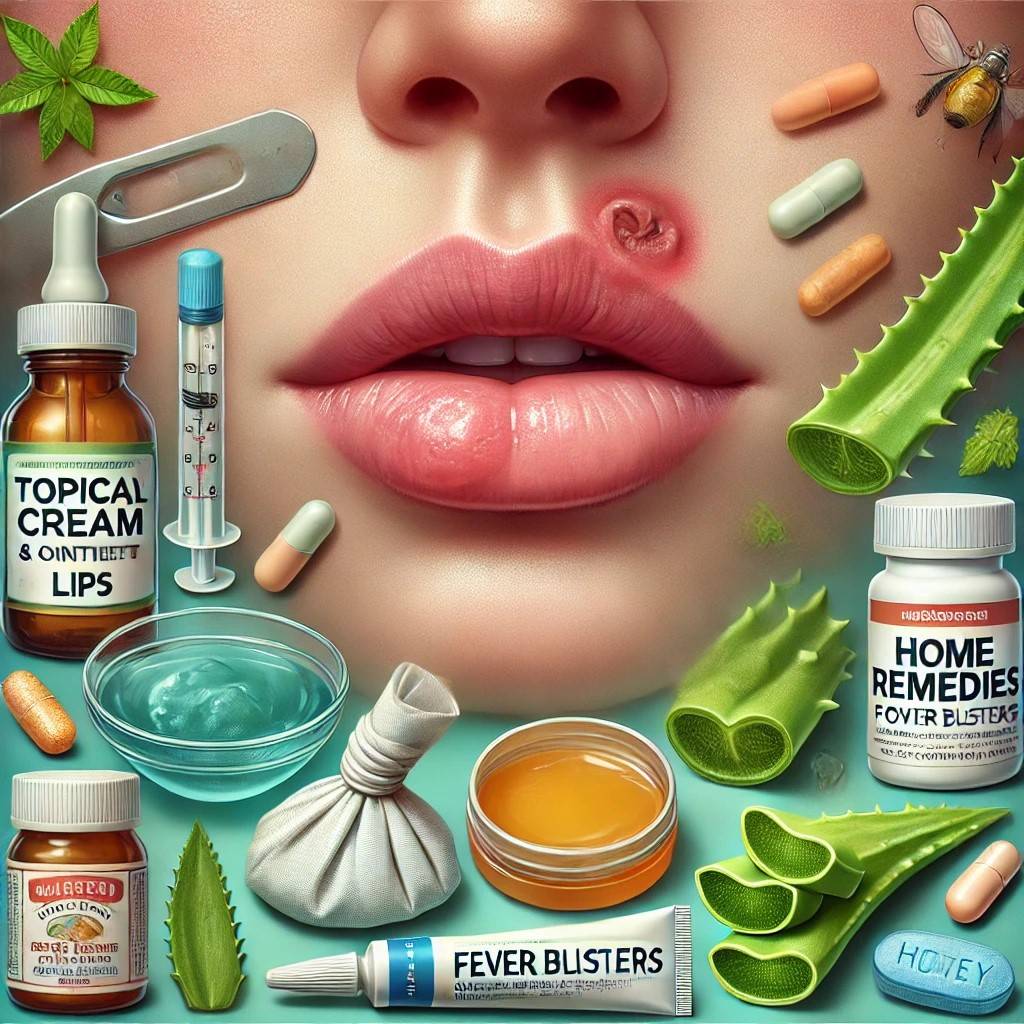
Dealing with fever blisters can be frustrating, but there are various treatment options available. Here are some effective methods I have tried:
-
Over-the-Counter Treatments
- Creams and Ointments: I have tested several over-the-counter creams that contain diaconal or benzyl alcohol. These can help speed up the healing process and reduce discomfort.
- Pain Relievers: Non-prescription pain medications like ibuprofen or acetaminophen can help manage pain and swelling during an outbreak.
-
Home Remedies for Fever Blister on Lip
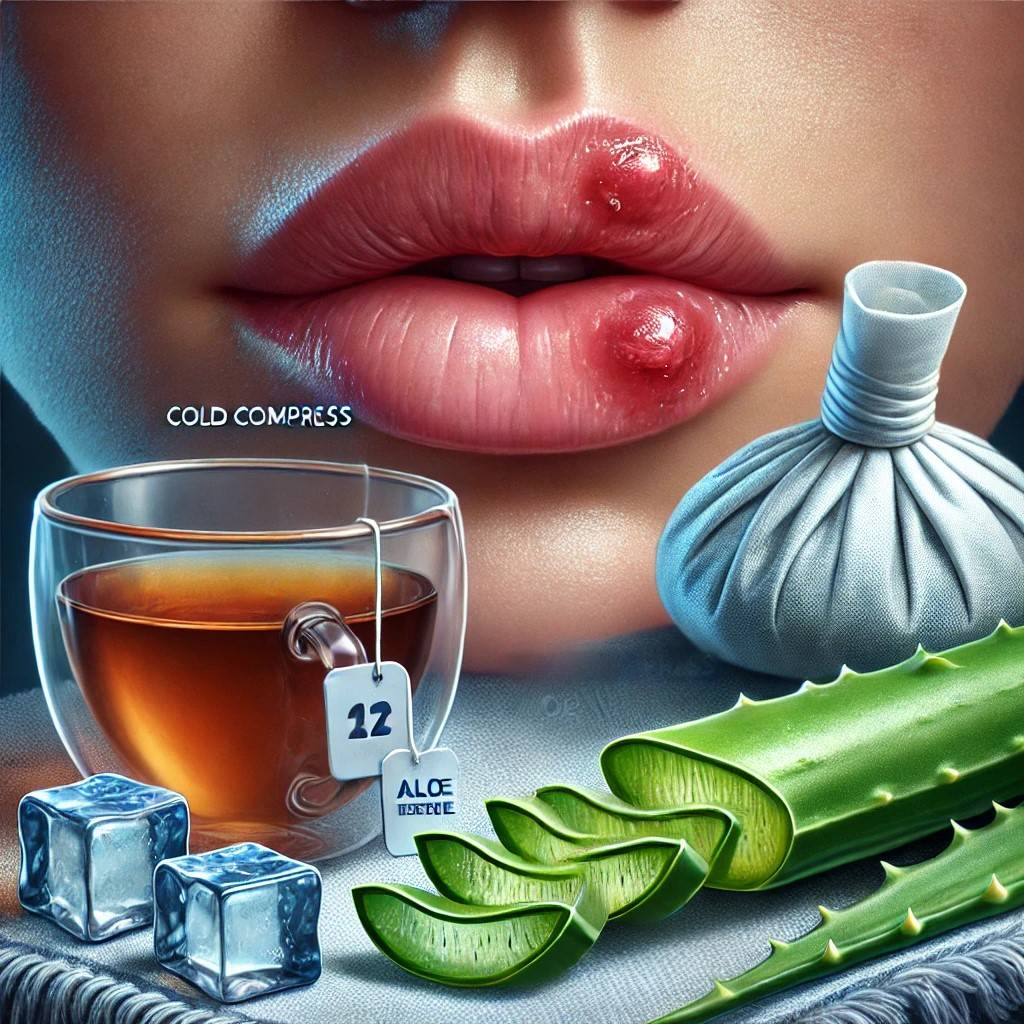
- Cold Compress: Applying a cold, damp cloth to the blister can help reduce swelling and pain. I like to keep clean clothes in the freezer for quick relief.
- Aloe Vera: This plant is recognized for its calming effects. I frequently use fresh aloe vera gel on the sore, as it aids in soothing irritation and supports the healing process.
- Tea Bags: Using a cooled tea bag can also provide relief. The tannins in tea have anti-inflammatory properties. Just place it on the blister for a few minutes.
-
Prescription Medications
- If you find yourself dealing with recurring cold sores, consider talking to a healthcare professional. They may prescribe antiviral treatments like acyclovir. I know someone who found successful relief with this medication, reducing the frequency and severity of outbreaks.
-
Preventing Fever Blisters
- Avoid Touching Blisters: One of the best prevention tips is to avoid touching fever blisters. This helps prevent the spread of the virus and keeps the area clean.
- Lip Protection: Use lip balm with SPF to protect your lips from sun damage. I always carry a tube with me, especially during the summer.
- Healthy Diet: Eating a balanced diet with plenty of vitamins and minerals can help support your immune system. I include foods rich in vitamin C and zinc, which are known for their immune-boosting properties.
-
Supplements
- Lysine Supplements: Many individuals discover that using lysine supplements may assist in reducing the frequency of cold sore outbreaks. I’ve heard mixed reviews, but it’s worth considering if you experience frequent flare-ups.
- Zinc Oxide: Topical products containing zinc oxide can also help speed up healing and reduce the risk of scarring.
- Managing Triggers
- If you know what triggers your fever blisters, manage those factors. For instance, if stress is a trigger for you, consider stress-relief techniques such as yoga or meditation.
FAQs About Fever Blister on Lip
What causes fever blisters on lips?
Fever blisters on the lips are caused by the herpes simplex virus (HSV-1). You can get this virus through close contact with an infected person. Other triggers include stress, illness, hormonal changes, sun exposure, and cold weather.
Does a fever blister mean you are sick?
Not necessarily. While fever blisters can occur during illness, they are primarily a sign of the herpes virus reactivating. You might have a fever blister without feeling sick, but it can indicate that your immune system is weaker.
How do I get rid of a fever blister on my lip fast?
To quickly get rid of a fever blister, consider using over-the-counter treatments like cream containing Denzil. Home remedies such as cold compresses and aloe vera can also help. If you have frequent outbreaks, consult a healthcare professional for antiviral medication.
How long is a fever blister on lip contagious?
A fever blister is contagious from the moment you feel the first tingling sensation until it completely heals. This can take about 7 to 10 days. During this time, avoid close contact with others, especially newborns and people with weakened immune systems.
Conclusion
Fever blisters on the lip can be uncomfortable, but understanding their causes, symptoms, and treatment options can make managing them easier. I have learned a lot about these blisters over the years and have shared what works best for me. By taking preventive measures, addressing outbreaks quickly, and following a healthy lifestyle, you can minimize the impact of fever blisters on your life.
If you have questions or are struggling with recurring outbreaks, don’t hesitate to talk to a healthcare professional. They can provide personalized advice and treatments to help you find relief. Remember, you are not alone in this—many people experience fever blisters, and effective solutions are available to help you manage them.
Recommended Reading

